I try not to buy physical copies of games these days. It’s a promise easily kept thanks to old games being expensive and new games being just installation discs in otherwise empty cases, but I have a weakness for cheap NES cartridges.
You can chalk up some of that to the merciless grip that Nintendo had on American children for the latter half of the 1980s, and yet I genuinely appreciate their aesthetics. I like the design of the cartridges, the work of a company intent on differentiating their games from the smaller, simpler plastic casings of the Atari era. I like how the labels are large enough to show the package illustrations well. I like how they look when stacked or arranged on a shelf, how they can tell a story or follow a theme.

For this latest pile of authentically worn NES cartridges, the theme is “Games That Kids Hated.”
That’s not to say these games were all that bad. Some were just misunderstood or mistimed. Yet each of them caught some resentment from the young citizens of the NES Empire (AD1985-1991) and I can tell you why.
DRAGON WARRIOR
Hated By: Kids Expecting A Zelda Game
Nintendo’s marketers bent over backwards to sell Americans on Dragon Warrior. Nintendo Power carefully explained the mechanics of an RPG and devoted ample magazine space to an extensive guide. Yet it didn’t do the numbers that Nintendo had hoped; Dragon Quest was a monstrous success in Japan, but in America the re-titled Dragon Warrior had enough leftover stock that Nintendo Power gave away the game to subscribers.
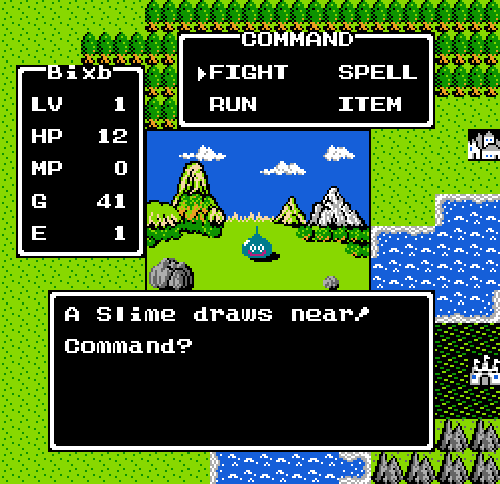
And that was bound to disappoint some kids. A free game was a free game, but more than a few Nintendo Power readers jumped on the offer without any idea of what an RPG entailed. They expected something like The Legend of Zelda, with direct combat between the hero and monsters. Dragon Warrior’s menu-driven battles and slower pace could’ve been a good introduction to the genre, but let’s be realistic: a lot of kids probably got bored and gave up after a few slimes drew near.
Of course, the biggest problem with Nintendo releasing Dragon Warrior was the indirect funding of series composer Koichi Sugiyama’s revisionist history, but that was likely beyond the sphere of American fifth-graders pitching their parents on getting them a magazine subscription and a new game all at once.
METAL GEAR
Hated By: Kids Expecting Straightforward Action
No one has the wrong idea about Metal Gear games today. They’re so rampantly popular that even the casual observer knows about their stealthy approach to action, their long-winded cutscenes, their inventive concepts, and their issues with women. Things weren’t so clear in the late 1980s, when NES owners had to rely on magazine spreads, print ads, and cover artwork. So it was easy to assume that Metal Gear was a full-bore action game in the bullet-spraying tradition of Contra and Commando.

We didn’t realize that the game emphasizes subterfuge and strategy over pure reflex-driven shooting. We didn't expect that taking a direct action-game approach would get us spotted by guards and offed in short order. And we didn't know that the game starts protagonist Solid Snake with only a pack of cigarettes instead of the massive arsenal pictured in ads for Metal Gear.
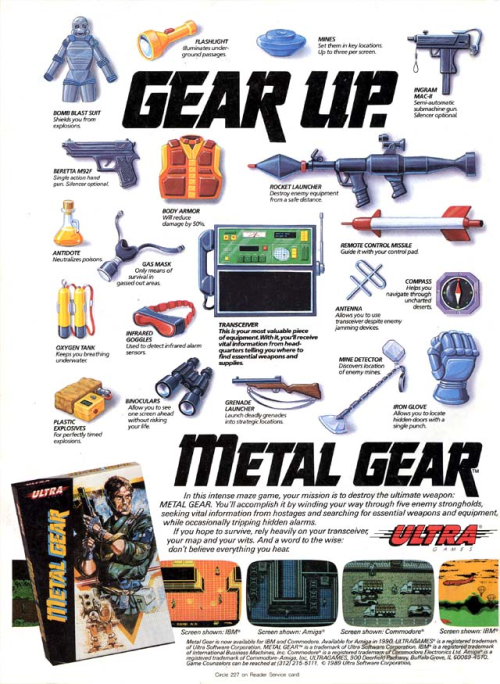
Of course, that’s what set the game apart and made it enjoyable: gradually collecting new items and experimenting with them. That was, however, not what many players expected. Kids who just wanted to be Rambo would bounce hard off of Metal Gear—and the actual NES Rambo game too, but that’s another story.
I saw this first-hand with a neighbor kid who hated Metal Gear so much that he refused to even pop it into his NES so I could see what the game was like. It wasn’t until years later that I checked it out myself and enjoyed it, and even then I had to admit that my younger incarnation would have given up after strategically walking right up to rifle-toting guards and trying to punch them.
THE ADVENTURES OF BAYOU BILLY
Hated By: Kids Who Played It
Sheer oversaturation may have doomed The Adventures of Bayou Billy. It had TV commercials, an episode of the Captain N cartoon, ads in comics, a short comic of its own (illustrated by Amanda Conner, even), and ample space in Nintendo Power. And why wouldn’t Konami promote it? It looked like three games in one, as the eponymous Billy battles thugs across side-scrolling stages, driving scenes, and shooting levels that use the NES Zapper.

Yet The Adventures of Bayou Billy was a too-perfect case of an NES game difficult in both design and controls. The side-view stages are brawls similar to Double Dragon, with an awkward jumpkick and without any useful tricks. The driving and shooting stages demand a lot, and there’s nothing to the story beyond Billy rescuing his girlfriend Annabelle from the clutches of a demented swamp gangster.
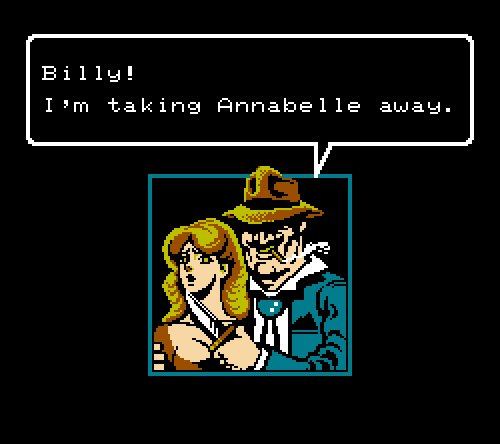
On that note, The Adventures of Bayou Billy might have drawn resentment from another camp: Concerned Parents of the 1980s who assumed video games were G-rated fare—and who did not approve of Annabelle’s low-cut attire or of Billy exclaiming “OH GOD!” at her abduction in the opening sequence. But they needn’t have worried about kids witnessing further filth, because they’d never get past the first level.
MILON’S SECRET CASTLE
Hated By: Kids Who Didn’t Have the Manual
I have a personal vendetta here. The air force base exchange was the only place to buy American NES games when my family lived in Germany, and their supply was always weird. They’d fill shelves with lower-tier NES releases like The Adventures of Lolo or Defender of the Crown, with only a single copy of Zelda II or some other game that kids actually wanted. This meant that my every classmate had certain NES games, and Milon’s Secret Castle was one of them. So if, like me, you had a game that everyone wanted to borrow (Mega Man 2, in this case) you got used to kids lending you Milon’s Secret Castle in exchange.
Some NES games are perfectly playable if you go in cold. Milon’s Secret Castle is not one of them. The game is inscrutable from the start, with no hints as to how you’re meant to scour rooms for hidden items, break walls with Milon’s bubble weapon, and eventually unlock the first boss. The manual sheds a little light on things, but I was left to navigate Milon’s Secret Castle with only my limited intuition. It didn’t help that Milon runs, jumps, fires bubbles, and does just about everything in that slightly awkward manner favored by mid-1980s NES platformers. His castle could stay secret for all I cared.
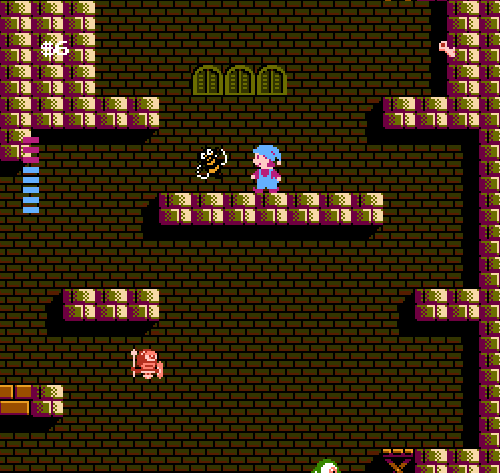
Milon’s Secret Castle is now a curiosity in the evolution of Metroidvania titles, or “search action” games. Or just “maze games” as I called them back then. We were roughly acquainted with the idea through Metroid, Rygar, and other early NES releases, but Milon’s adventure was threadbare by comparison and still is. My favorite thing about it these days is that, as a Hudson Soft release, it’s contractually obligated to have the Hudson Bee.
STREET FIGHTER 2010: THE FINAL FIGHT
Hated By: Kids Who Wanted Street Fighter II
It’s 1992. Everyone at school is obsessed with Street Fighter II on the Super NES. And you, for whatever reason, still have just the regular old NES. But what’s this in the rows of clearance-priced NES games at Toys R Us? It’s Street Fighter! Well, it's Street Fighter 2010: The Final Fight, but surely its the same as that Street Fighter game your friends can’t stop playing. And now you can play it too! On your NES!
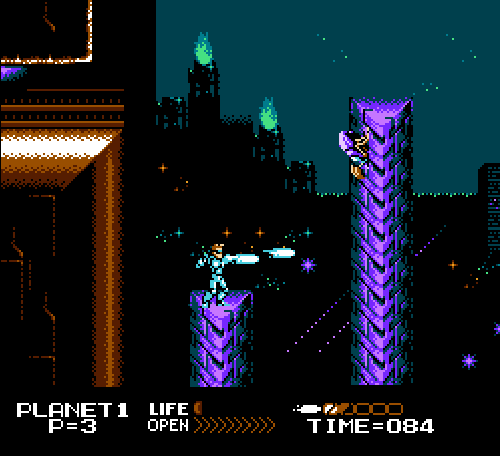
Street Fighter 2010 was harmless when it appeared in 1990. It’s a futuristic take on the original Street Fighter arcade game: instead of traveling the world, you warp across the galaxy and fight a variety of aliens. It’s an interesting yet very difficult game in Capcom’s NES oeuvre, a little better than Yo Noid and Adventures in the Magic Kingdom but not quite Mega Man 2 or Bionic Commando--or Strider, which I think is still excessively maligned.
Yet after Street Fighter II arrived and became a pop-culture phenomenon, Street Fighter 2010 was a landmine of disappointment for any kids who didn’t examine the box closely enough or wonder why this particular Street Fighter game was only $9.97 while the Super NES Street Fighter II cost eight times as much. Others would experience this through no fault of their own. They’d ask for Street Fighter II that Christmas and then unwrap Street Fighter 2010 before their beaming, thrifty, and completely unsuspecting parents.
TETRIS
Hated By: Kids Whose Parents Loved It
On the subject of parents and the NES, many a child spent the Nintendo Empire’s height wishing that mom or dad liked video games just a little more. Then they wouldn’t complain that kids spent so much time playing video games. They’d finally understand and appreciate all the time and effort children sank into beating Golgo 13 or Mickey Mousecapades.
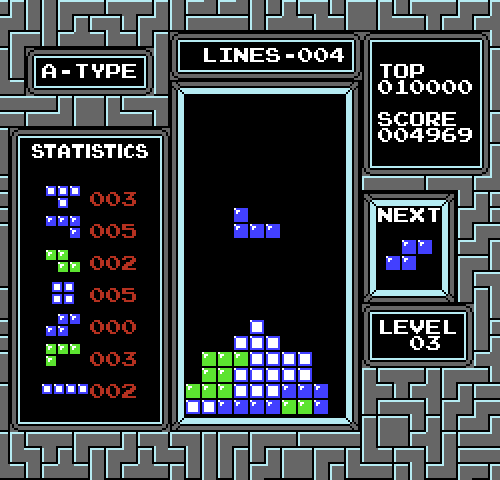
Well, that monkey’s paw curled up when Nintendo released Tetris and no one could avoid it. Parents across the nation would now tie up the NES to play Tetris, cutting down on their kids’ Nintendo time in the most effective way possible. Nintendo’s official version of Tetris didn’t have a two-player mode, either, so kids couldn’t even join the game. At least that would change when Dr. Mario arrived next year.
Your only hope was to somehow convince your parents to get a Game Boy, which came with Tetris and would draw them away from the NES. And then you couldn’t play the Game Boy. Oh well. Maybe they’d make it up to you by renting Milon’s Secret Castle.
